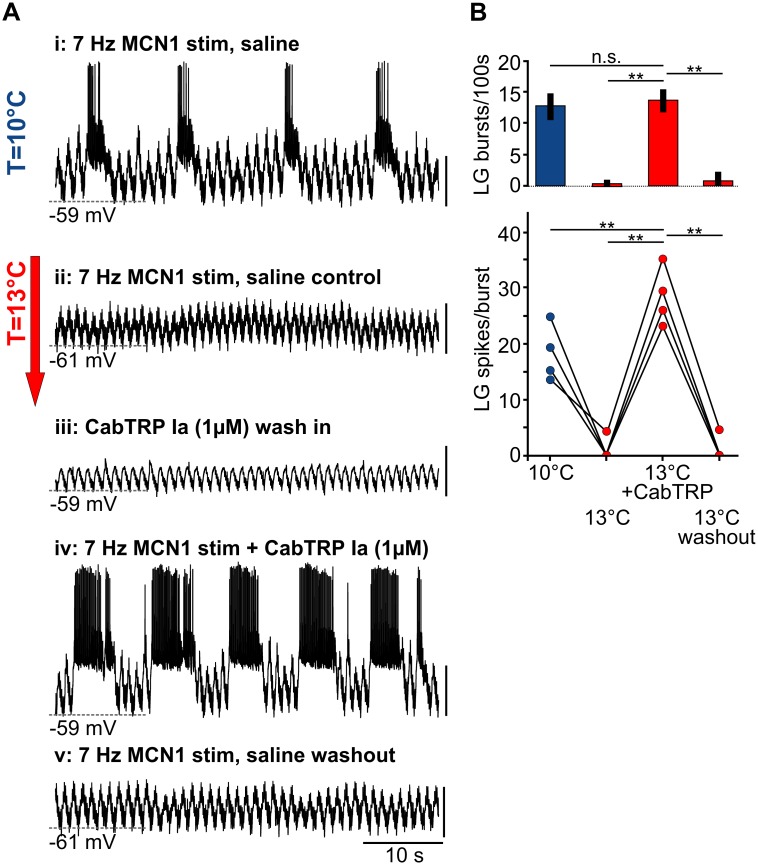Fig 7. CabTRP Ia application rescues the rhythm from temperature-induced breakdown.
(A) Intracellular recording of LG at 10°C (top trace) and 13°C (subsequent traces) and response to 1 μm CabTRP Ia at 13°C in the absence and presence of tonic MCN1 stimulation (7 Hz). All traces are from the same preparation. Rhythmic LG activity was lost at 13°C but could be recovered in CabTRP Ia without increasing MCN1 stimulation frequency (iv). Vertical scale bars, 10 mV. (B) Change in number of LG bursts/100 s (top) and LG spikes/bursts (bottom) at 10°C, 13°C, 13°C + CabTRP Ia and after washout. N = 4, One Way RM ANOVA, F(3,9) = 50.558 (top) and F(3,9) = 124.33 (bottom), p < 0.001, Holm-Sidak post hoc test with p < 0.01 significance level.

